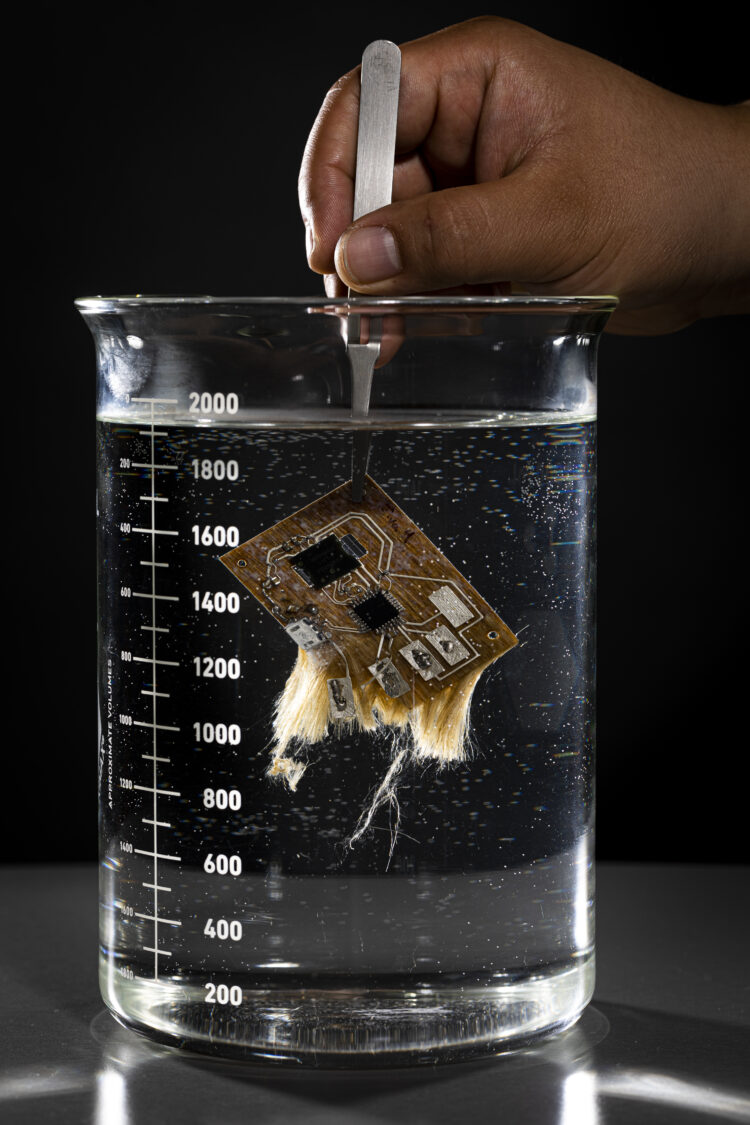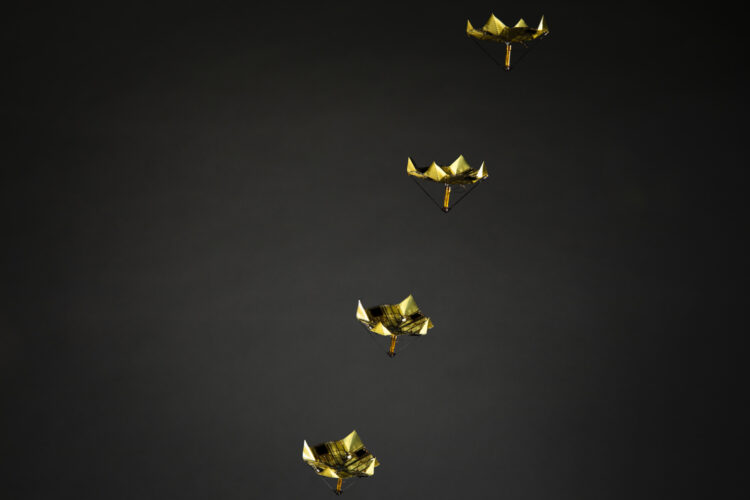
Vikram Iyer
Assistant Professor
Paul G. Allen School for Computer Science & Engineering
College of Engineering
Iyer Faculty page
What is your Research Focus?
My research takes an interdisciplinary approach to connect ideas between different domains across science and engineering to build end-to-end systems that push the boundaries of technology. This includes battery-free environmental sensors that can fly in the wind like dandelion seeds or that leverage properties of origami to change shape in mid-air, as well as cameras and sensors small enough to ride on the backs of live insects like beetles and bumblebees, insect-scale robots to carry these sensors, and sensing solutions for sustainable agriculture. I have worked closely with partners to deploy these technologies in the field like tracking invasive “murder” hornets (Vespa mandarinia) with the Washington State Department of Agriculture and city-scale air quality sensor networks with Microsoft Research.
In addition to creating new sensing technologies, I am also interested in developing ways to make these electronics and computing devices more sustainable. This includes creating circuits on biodegradable and repeatedly recyclable materials to enable circularity, and developing ways to eliminate batteries from both wireless sensors and even fully autonomous, tiny robots. We are also developing computational tools to enable and accelerate sustainable design by applying AI and programming language techniques to estimate embodied carbon, reduce power consumption, and help automate life cycle assessments. In addition to my research, I co-lead the cross-department Computing for the Environment Initiative (CS4Env) that seeks to bring together experts across environmental sciences, computing, data science and engineering to accelerate research on climate change, air pollution, biodiversity and more.
What opportunities at the UW excite you?
I’m excited to collaborate with faculty and students from across UW to continue exploring exciting new problems and developing high impact solutions at the intersection of different domains.
Research Images
The fibers on this biodegradable circuit board begin to pull apart after prolonged submersion in water. This prototype circuit board was developed by Vikram Iyer’s team and collaborators at Microsoft Research.
Photo credit: Mark Stone/University of Washington
Researchers at the University of Washington developed small robotic devices that can change how they move through the air by “snapping” into a folded position during their descent. Shown here is a timelapse photo of the “microflier” falling in its folded state, which makes it have a stable upright descent.
Photo credit: Mark Stone/University of Washington

